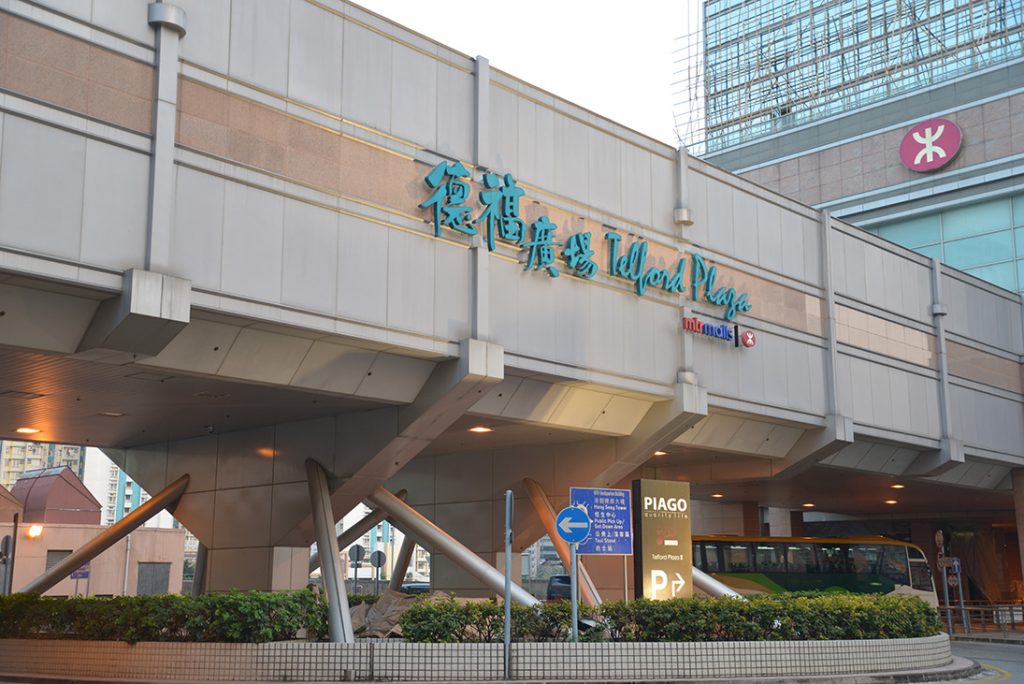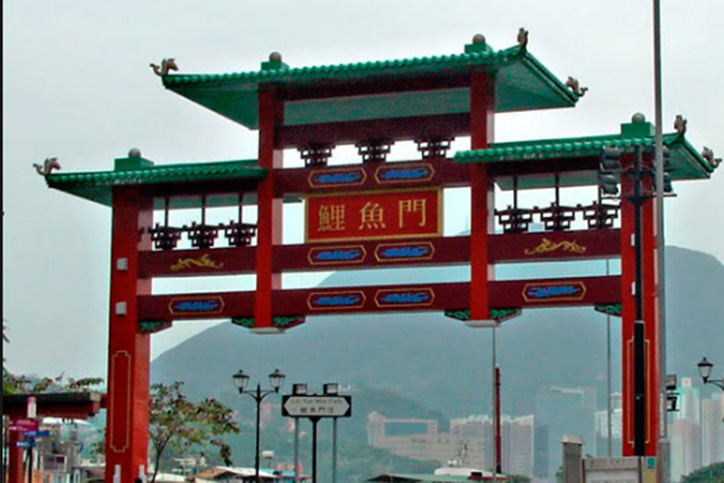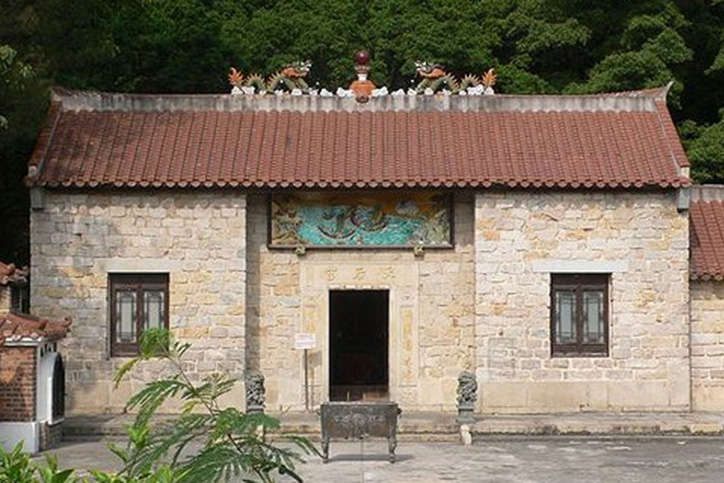
Kwun Tong Promenade, adjacent to Kwun Tong Bypass, is built on the site of the former Kwun Tong Public Cargo Working Area under the Kai Tak Development.
About one kilometer in length, the waterfront boardwalk in the Promenade provides visitors with not only close-up views of the Kai Tak Cruise Terminal and the Runway Park, which are the new landmarks of East Kowloon, but also splendid night-time views of Hong Kong Island East and the panoramas of Victoria Harbour and Lei Yue Mun.
Models of mechanical cranes and waste paper bundles inspired by the paper recycling industry are the artistic attractions of the Promenade to evoke memories of the site as a former cargo handling area.
A mist feature with special lighting and sound effects has been installed in the landscaped area. At night-time, the lighting along the waterfront tree walk and tower landmarks flashes and changes, interacting with the mists of water droplets emitted from the ground and the kaleidoscopic beams from the uplights along the waterfront boardwalk to create a surreal and delightful atmosphere.

This distinctive red box-shaped mall in east Kowloon is impossible to miss. And it's mega alright, inside there's something for just about every family member – especially the little ones – including a great selection of children's wear, toys, maternity shops, an ice rink and an IMAX theatre. IKEA and AEON Jusco department stores are all within the premises.







